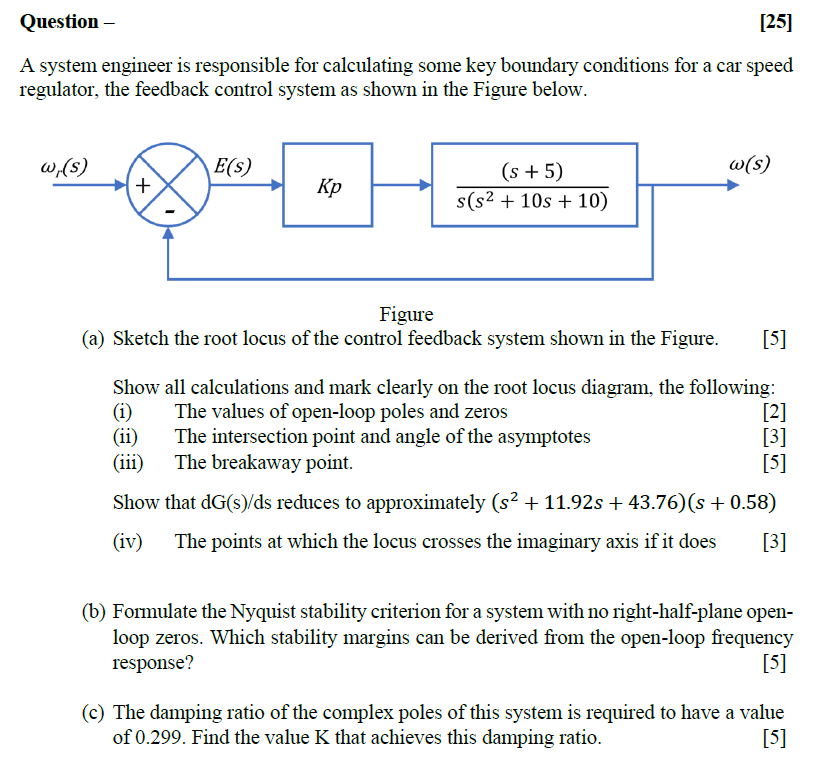


Notice that the direction of the magnetic field is the same in both cases. But now, by Lenz's law, the current on the loop must be counterclockwise. The direction is still the same (the particle keeps moving in the same direction). When the particle moves away from the loop (towards $B$), the magnetic field is decreasing.As it is increasing, by Lenz's law a current opposed to this change has to appear: the current in the loop is clockwise. By the right-hand rule, on the surface of the loop the magnetic field will have a direction towards you (going out of the paper). When the particle moves from $A$ to the center of the wire, the magnetic field is increasing.So whether the wire is infinite or not, the result is the same: as the particle approaches the loop, the influence over it increases when it moves away from it, it decreases. The same reasoning would work the other way around: when the particle is moving near the loop, the induced magnetic field will induce a current on the loop. the magnetic field induced by the movement of that charged particle, which is infinitely far away from the loop, wouldn't induce any current on it). In that context it's easy to see that when the particle is far, far away from the loop, it will have practically no influence over it (i.e. Imagine the wire is infinitely long, at first.


 0 kommentar(er)
0 kommentar(er)
